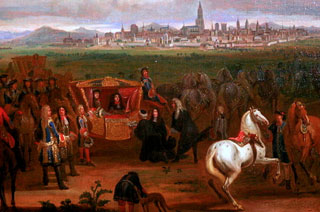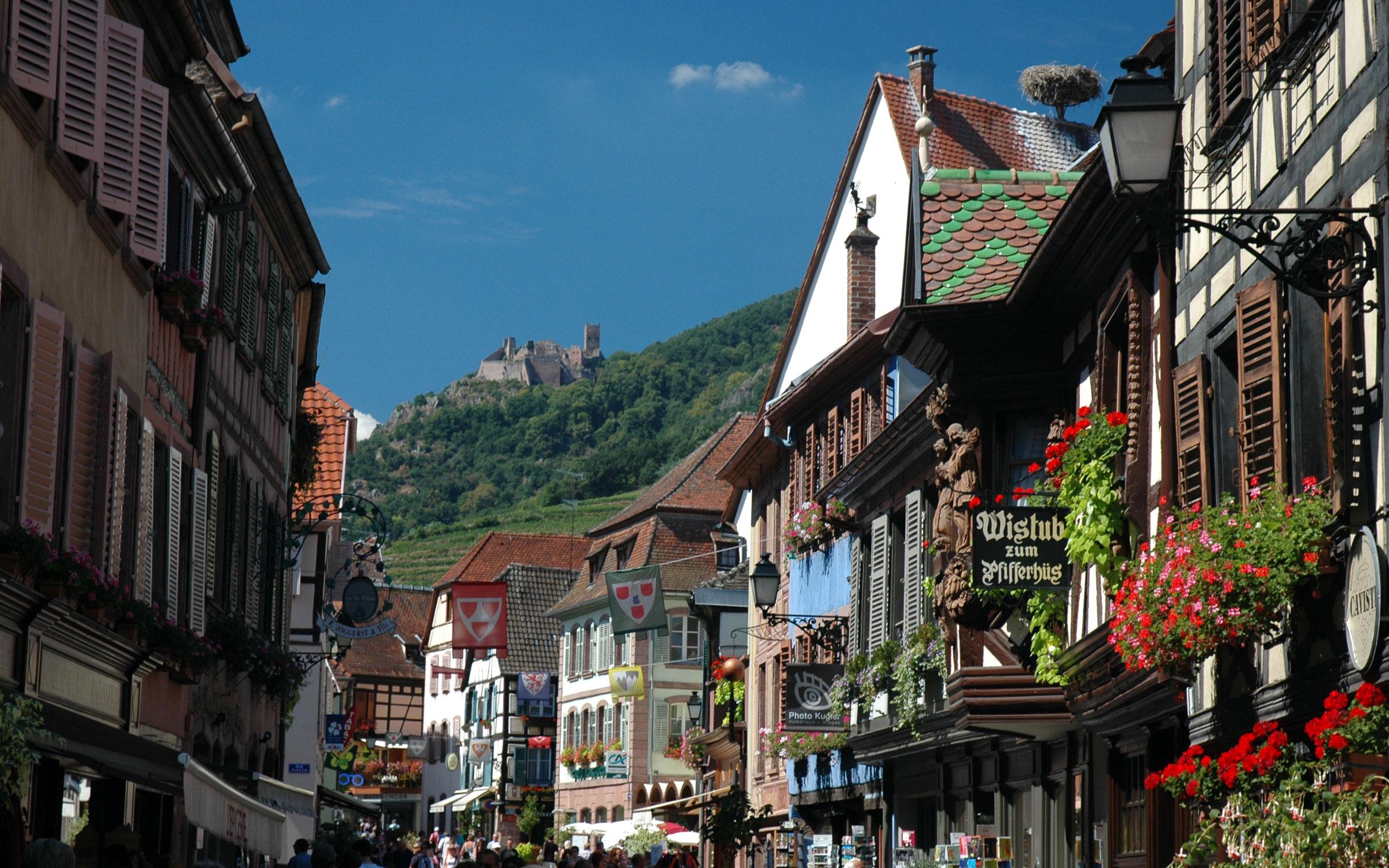You could be forgiven for finding Alsace’s history a tad hard to follow—the region has changed hands more times than a bottle of wine at a B&R dinner. In in the interest of clarity, allow us to provide a (very) brief primer to help explain the confluence of French and German influences on this particularly gorgeous part of France.

Alsace has changed hands between Germany and France multiple times since the 17th century, when it was first annexed to France under Louis XIV. The region was also French under Napoleon, and remained that way until the Franco-Prussian War of 1870-71. Under the Treaty of Frankfurt, Alsace was given to Germany, and the inhabitants were officially German for the next 50 years.
During the First World War, nearly 20,000 young Alsatians joined the French army, mostly to avoid conscription by the Germans. The region was liberated in 1918, and under the Treaty of Versailles, Alsace officially became French again.

